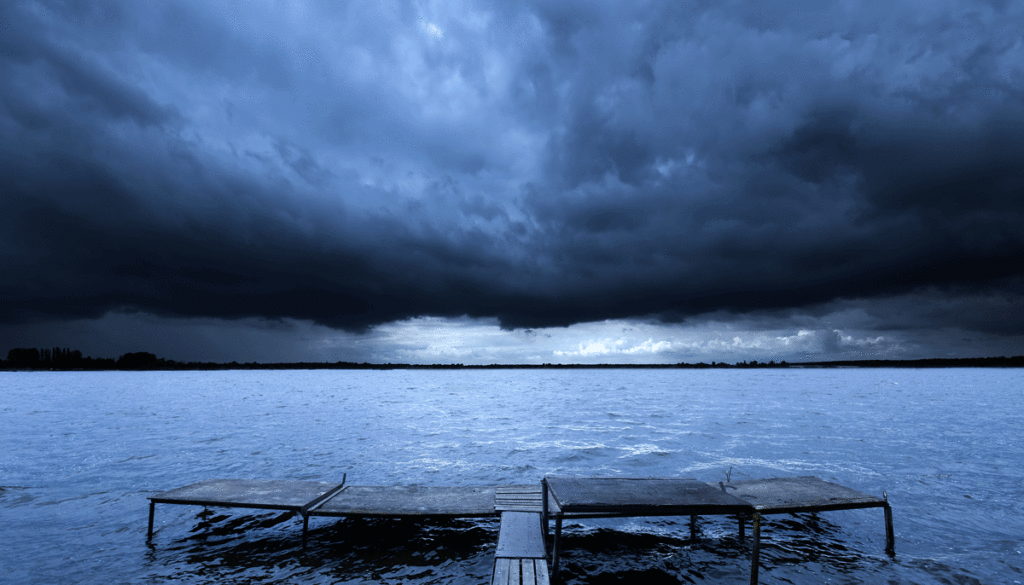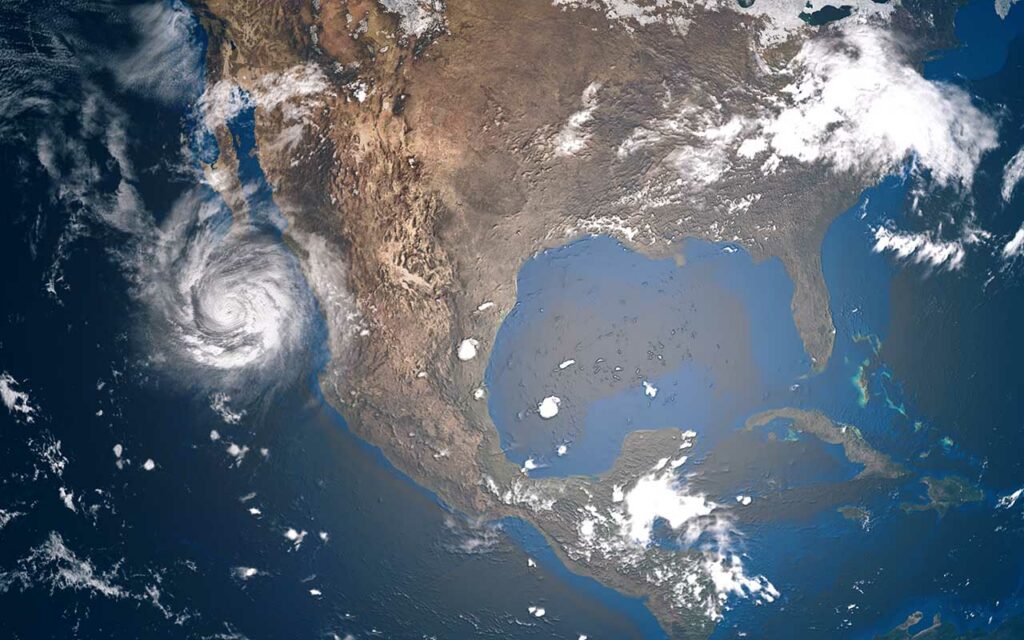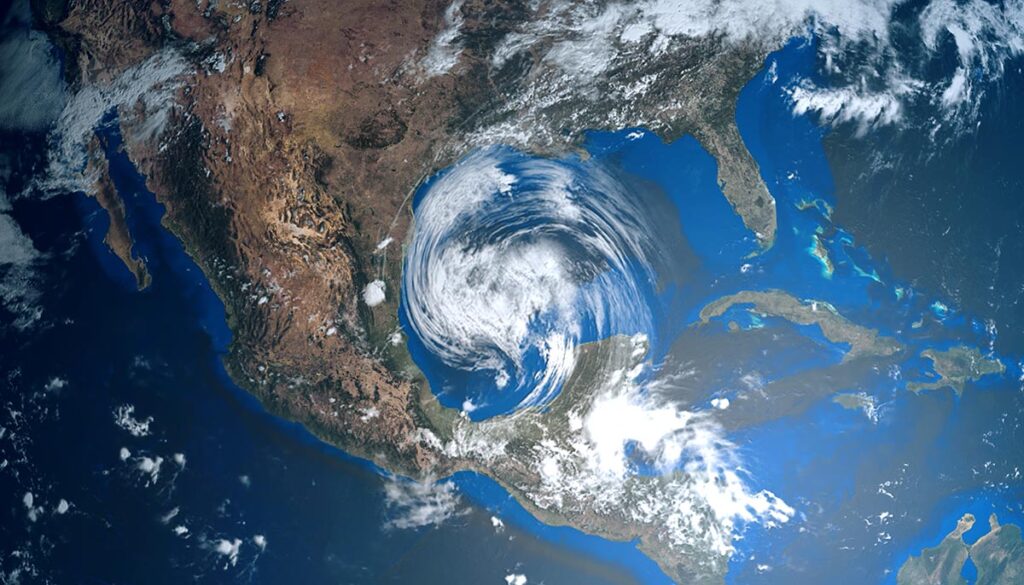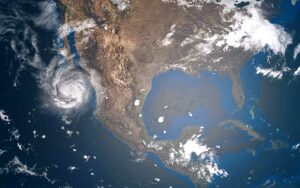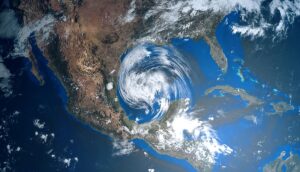In 1975, an uncommonly strong typhoon struck the east coast of China and the Philippines. When it made landfall, Nina became the third-deadliest typhoon in history. Its devastating consequences were the result of a series of dam failures caused by its torrential rainfall.
In total, the storm likely claimed over 229,000 lives. That death toll puts it behind only the 1839 India cyclone and the Bhola storm in 1970. What made Typhoon Nina so deadly, and why didn’t people in the West know about it until decades later?
The Storm’s Formation
Typhoon Nina started as a tropical disturbance on July 29, 1975. The burgeoning storm developed over the Philippine Sea under favorable conditions. On July 31, Nina encountered a subtropical ridge, a weather front that prevented it from moving further north.
This ridge allowed Nina to gather considerable energy over the Philippine Sea, rapidly intensifying into a tropical storm. At its peak, Nina sustained wind speeds exceeding 155 miles per hour. When it made landfall near Hualien in Taiwan, it was a Category 3 cyclone. Nina continued along a northwesterly course, crossing the Formosa Straits and weakening considerably.
The storm boasted sustained winds of only 70 miles per hour when it made its second landfall near Jinjiang, China. As such, it caused surprisingly little destruction near the coast. At first, residents in southeast China breathed a sigh of relief, as the storm had seemingly spared them.
Dam Collapse
As Nina continued inland over China, however, another problem presented itself. The storm was still massive, and a cold front near Zhumadian caused it to become almost motionless over Henan province on August 5. While stationary, Nina dropped an unbelievable amount of rainfall into the River Ru. Estimates from the time indicate that thirty-three inches of rain fell over six hours. This torrential downpour overtaxed the Banqiao Dam. The aging structure was designed mainly to retain water, not to prevent floods.
The dam collapsed in early August and caused floodwaters from the River Ru to spill out into surrounding waterways. In total, 61 other dams in Henan collapsed in a cascading failure. Three million acres of land in Henan became inundated within hours.
Catastrophic Damage
A series of temporary lakes formed in cities throughout Henan only hours after the dam collapsed. The flood destroyed as many as 6.8 million homes and impacted nearly 11 million people. Official reports indicate that 26,000 people died in the disaster, but estimates today put the death toll closer to 230,000.
The Chinese government kept the details of the Banqiao Dam failure classified for decades. Immediately following the collapse, the government ordered media outlets to make no mention of the incident.
As a result, the event was essentially unheard of in the West until 2005. That year, the state declassified documents related to the disaster. China’s government maintains that the floods were caused only by extreme rainfall, downplaying the poor build quality of the dams that failed. In either case, Typhoon Nina caused an unprecedented amount of damage in China. It remains one of the worst natural disasters in human history.

